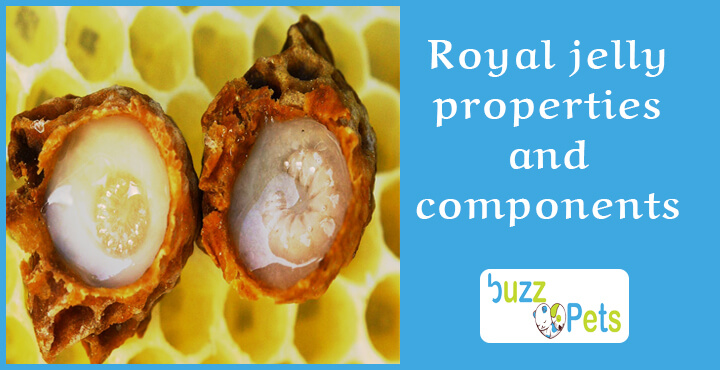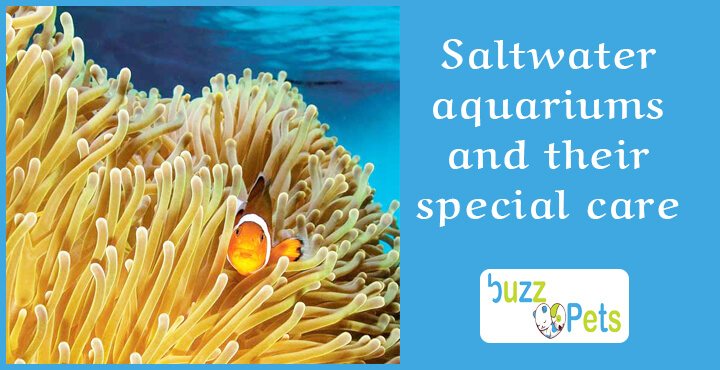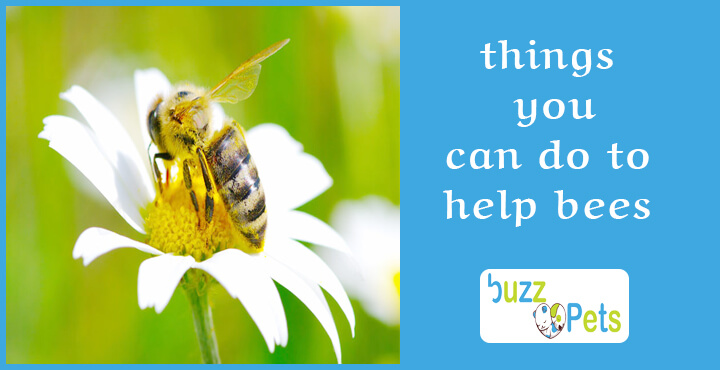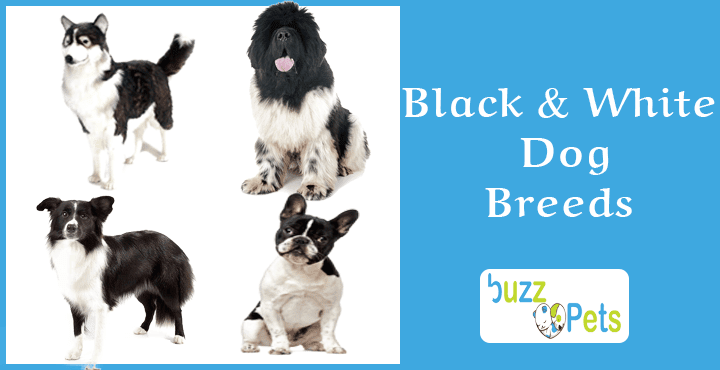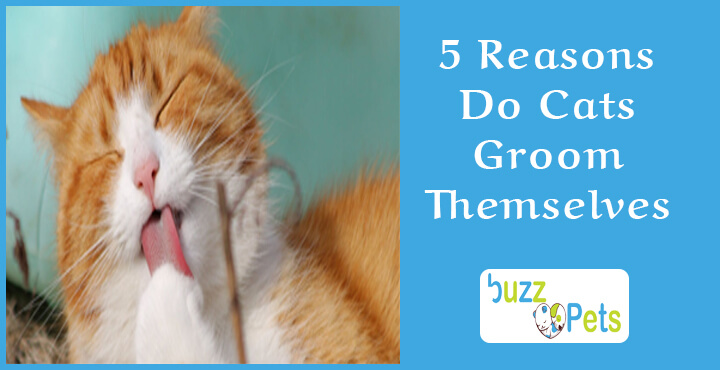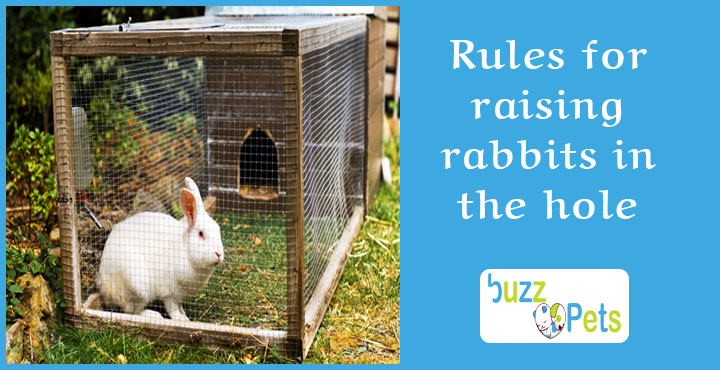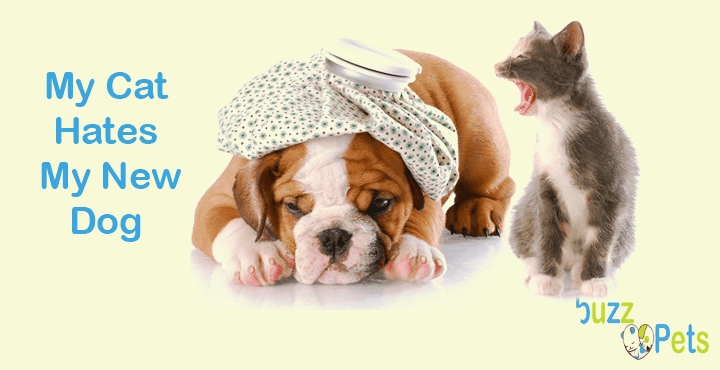Do you all dogs feel the cold since they often have such thick coats and seem to enjoy running in the snow it’s a common question dog guardians ask themselves in this articl we answer this question by identifying how to tell a dog is cold and how we can protect them from low temperatures.
Do All Dogs Feel the Cold the Same Way ?
Do all dogs feel the cold the same way there are a number of dog breeds better suited to enduring the cold due to the development of a thick undercoat during winter which protectsagainst low temperatures some examples include the alaskan malamute the siberian husky and the saint bernard not all breeds possess the ability to grow an undercoat and need help protecting against the icy breeze these dogs include chihuahuas the french bulldog the yorkshire terrier and the chinese crested dog these latter breeds have very short hair barely shed their coat or have little to no hair in the first place in all breeds puppies and elderly dogs are more susceptible to the cold if our dog falls into any of these categories then we know they definitely
need help to keep warm however any dog will be cold at a low
enough temperature so it’s important to observe for any of the following signs.
2. Signs Your Dog is Cold
Signs your dog is cold tremors are the main sign your dog is cold
when they begin to shiver it’s most likely they feel the low temperature unless they have a medical condition which causes tremors if you notice they breathe slower or have difficulty in doing so it could be they feel the cold low temperatures can also lead to muscle stiffness increasing the visibility of tremors another consequence of the cold might be that your dog is more tired and sleeps more than usual similarly if they squirm in their sleep or trying to lie on top of themselves it’s because they feel the cold and want to conserve heat especially with hairless dogs low temperatures can cause their skin to dry out and become flaky something which needs to be treated now that you know how to tell if a dog is cold we can present three different ways to protect them in winter.
3. Provide a Suitable Place to Sleep
if your canine ordinarily dozes in the nursery or an outdoor area
we recommend you move their bed inside avoid getting sick
f unexpectedly you can’t have the canine inside you should realize how to shield them from the colder time of year cold you can’t let them rest outside vulnerable without a few assurance this means they need to have a well-conditioned doghouse with blankets and beds
they will also need a heater if the temperatures are sufficiently low since exposure to the cold can be life threatening they need as much protection as possible find out more about where a dog should sleep.
4. Give Them A Blanket
if you live somewhere with low temperatures give the dog a blanket so they can cover themselves when cold additionally there are thermal blankets or heated mats which can be used to keep them warm we can put these on top if they are to rest through the night if your dog trembles from the cold and blankets are not enough to keep them from shivering then you should check the material their bed is made from they may need something which is better insulated.
5. Buy Them Warm Clothes
buying specialized clothes for your dog and putting them on before going for a walk you can also purchase dog sweaters which are usually knitted and cover the dog from the abdomen to neck being slightly thinner than jackets they are better suited to fall or early winter seasons dog coats are usually made from insulated materials which are most resistant to cold and therefore provide more protection in this way we recommend choosing this article of clothing for them in winter anyway you will likewise have to bear in mind that a protecting coat can contrarily influence their prosperity when temperatures rise this is the reason you should pay attention to the weather and only put clothes on when needed.
lastly if you live somewhere snow is common your dog may also need some boots especially if they refuse to step in the snow due to the cold or the sensation that it produces.



